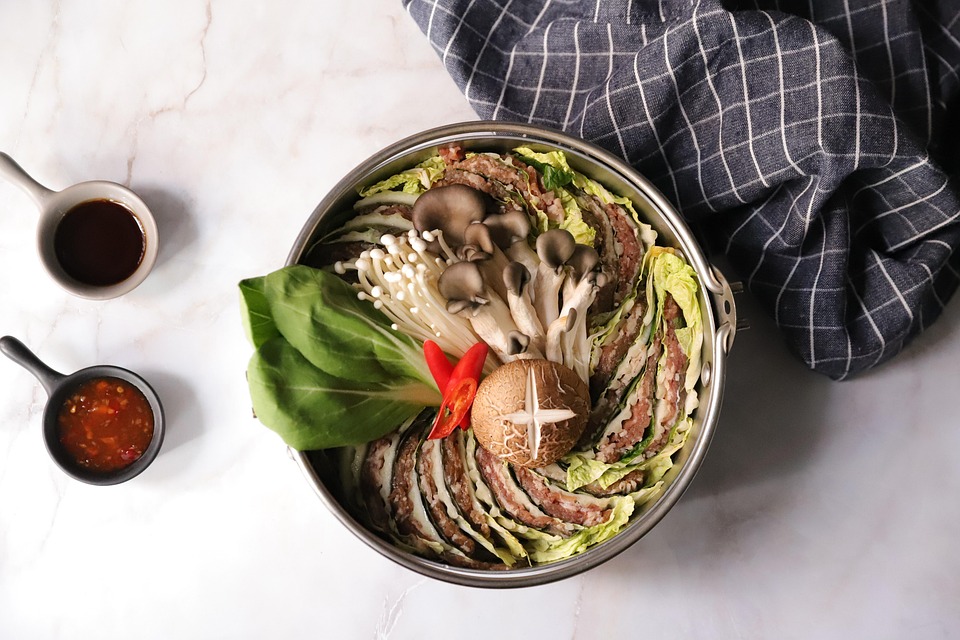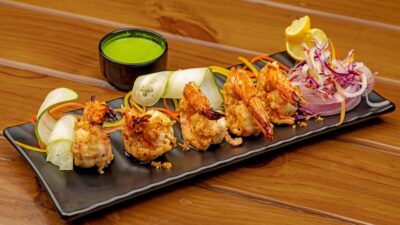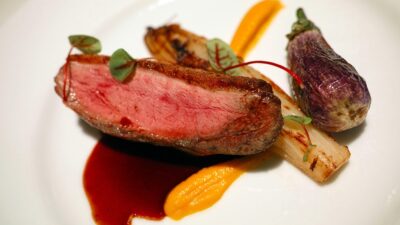Korean cuisine is a vibrant tapestry of flavors, textures, and traditions. If you’re a first-time diner eager to explore the culinary wonders of Korea, you’re in for a treat! From hearty stews to sweet snacks, here is a guide to must-try dishes that will help you immerse yourself in this rich food culture.
1. Bibimbap: A Colorful Start
What Is It?
Bibimbap, which translates to "mixed rice," is a harmonious mix of steamed rice topped with an array of vegetables, a fried egg, and often marinated meat like bulgogi (beef). The dish is beautifully plated with vibrant colors, making it as visually appealing as it is delicious.
Why Try It?
Bibimbap is an excellent introduction to Korean food because of its variety. Each ingredient brings a unique flavor and texture, and you can customize it based on your preferences. The spicy gochujang (Korean chili paste) added at the end creates a tantalizing kick.
2. Tteokbokki: A Sweet and Spicy Delight
What Is It?
Tteokbokki consists of chewy rice cakes simmered in a sweet and spicy sauce made from gochujang and sometimes includes fish cakes, boiled eggs, and vegetables. It’s often served as a street food snack.
Why Try It?
This popular dish embodies the comfort of street food. The combination of sweetness and spice, along with the signature chewy texture of the rice cakes, makes for an addictive experience. Tteokbokki is perfect for those who enjoy bold flavors and a bit of heat.
3. Kimchi: The Essential Side
What Is It?
Kimchi is Korea’s iconic fermented vegetable dish, often made with napa cabbage and radishes seasoned with chili powder, garlic, ginger, and other spices. It’s a staple in Korean cuisine and is served with almost every meal.
Why Try It?
Kimchi is more than just a side dish; it’s a deep-rooted part of Korean culture. Rich in probiotics, it’s not only delicious but also incredibly healthy. Trying kimchi is essential for anyone wanting to experience the authentic flavors of Korea.
4. Japchae: Stir-Fried Noodles
What Is It?
Japchae is a savory dish made with sweet potato starch noodles stir-fried with a variety of vegetables, beef or other proteins, and seasoned with soy sauce and sesame oil. It’s often served at celebrations and gatherings.
Why Try It?
Japchae offers a delightful combination of textures—from the chewy noodles to the crunch of the vegetables. It’s a versatile dish that highlights the balance of flavors in Korean cuisine while being both filling and satisfying.
5. Samgyeopsal: Grilled Pork Belly
What Is It?
Samgyeopsal, or grilled pork belly, is a Korean BBQ favorite where thick slices of pork belly are grilled at the table. Diners typically wrap the meat in lettuce leaves along with garlic, green peppers, and a dollop of ssamjang (a thick, spicy paste).
Why Try It?
This interactive dining experience is not only about the food but also the social aspect. Cooking meat at the table adds a communal feel, and the fresh veggies enhance the flavors, making it a must-try for meat lovers.
6. Sundubu Jjigae: Spicy Soft Tofu Stew
What Is It?
Sundubu jjigae is a spicy stew made with uncurdled tofu, vegetables, and sometimes seafood or meat. It’s typically served bubbling hot in a clay pot with an egg cracked on top.
Why Try It?
This dish is perfect for those who enjoy warming, hearty meals. The silken tofu absorbs the spicy broth, creating a creamy texture that’s comforting, especially on colder days. It’s a dish that packs a flavorful punch and is sure to satisfy.
7. Bingsu: Korean Shaved Ice Dessert
What Is It?
Bingsu is a refreshing dessert made of finely shaved ice, topped with sweetened condensed milk, fruit, red beans, and other toppings such as melon or mango. It’s a perfect treat to cool down on a hot day.
Why Try It?
Bingsu exemplifies the innovative side of Korean desserts. The combination of fluffy ice with various toppings creates a delightful texture and a sweet finish to your meal. It’s an essential sweet treat that captures the essence of summer in Korea.
Conclusion
Exploring Korean cuisine is an adventure in flavor and culture. Each dish holds a story and showcases the country’s culinary heritage. Whether you opt for the colorful and nutritious bibimbap or the spicy kick of tteokbokki, each bite will give you a taste of Korea’s rich gastronomic landscape. So, gather your friends or family, visit a local Korean restaurant, and dive into these must-try dishes that promise not only to satisfy your hunger but also enrich your understanding of Korean culture. Happy dining!



